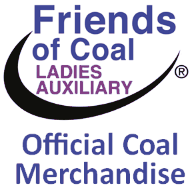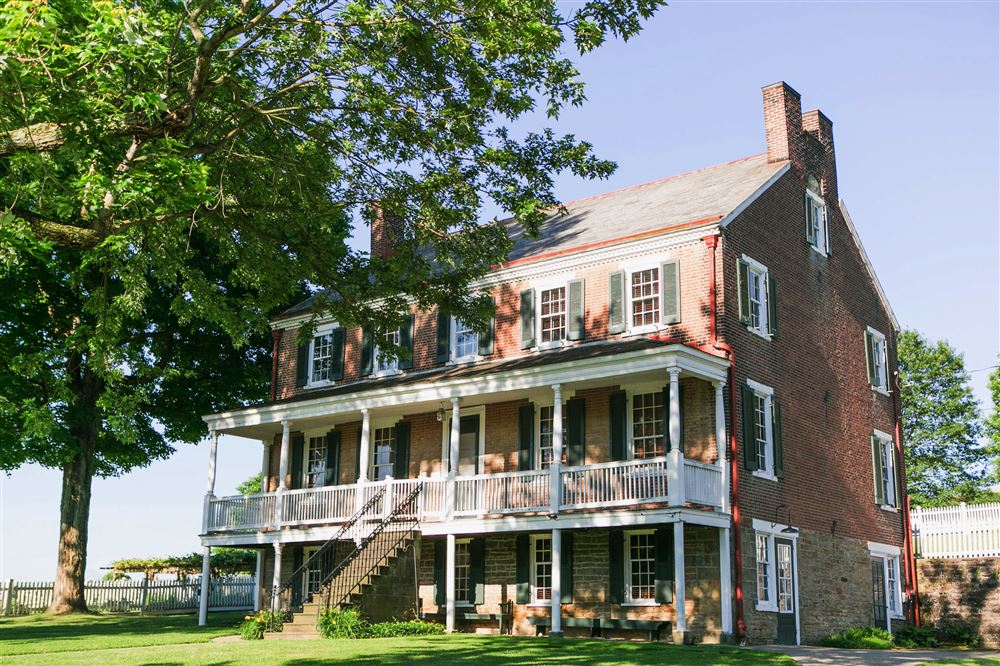
 











|
Signature Sponsor


By M. Thomas
October 9, 2017 - The counties of southwestern Pennsylvania that played a prominent role in the Industrial Revolution are primed for their time in the sun as tourists increasingly want to learn about the culture and heritage of the areas they visit.
“The Morgan Valley is where the coal and coke industry really got its start in Western Pennsylvania,” said Cassandra Vivian, project director of a study of several years that focused on the Morgan Valley, a 10-mile strip of land in Fayette County.
“Frick started his empire here,” she said of industrialist Henry Clay Frick. “People glorify other areas of the state, but this little corner of Pennsylvania everyone ignores and it’s the biggest story of all.”
The wording on a newly installed historical marker in the Morgan Valley synthesizes the project’s research: “Morgan Valley: Early Coal Mines of Henry Clay Frick.”
Henry Clay Frick
Ms.Vivian hopes that many more historical markers will be erected in the region as part of an ongoing effort to instill local pride and attract visitors from outside of Pennsylvania.
The marker erected last month is in a section known as Broadford near the ruins of a distillery operated by Frick’s grandfather, Abraham Overholt.
Frick built his first two mines in 1871 at Broadford, which is north of Connellsville and marks the beginning of the Morgan Valley. The valley ends at the borough of Everson at the edge of Jacobs Creek, a tributary of the Youghiogheny River.
Other operators opened mines during that period, but most eventually were bought out by Frick, Ms. Vivian said.
The project’s research findings are detailed in a 45-page report, “Coal Mine and Coke Oven Reclamation and Preservation Project Phase II: Early Coal Mines of Henry Clay Frick.” The third phase, for which Ms. Vivian is awaiting funding confirmation, will focus on “family members who can talk about the places and the events that took place,” she said.
“The people are the story,” she said.
Funding was provided in part by a grant from the Environmental Stewardship Fund through the Pennsylvania Department of Conservation and Natural Resources’ Bureau of Recreation and Conservation. It was administered by the Rivers of Steel Heritage Corp. The project was completed, in partnership with the Rivers of Steel National Heritage Area, by the Westmoreland Fayette Historical Society at West Overton Village.
West Overton Village and Museum is a historic site near Scottdale, Westmoreland County, that includes among its 19 period buildings the spring house in which Henry Clay Frick was born.
It also retains intact the second distillery operated by Abraham Overholt. The six-story brick building is now a museum, but the nonprofit village plans to begin producing its own whiskey next year and has been rehabbing another building on the property for that purpose.
The Overholt homestead at West Overton Village & Museums
The timing puts it in the center of a revived interest in craft breweries and distilleries, said Logan Holmes, village museum coordinator.
“We’re a licensed distillery for the first time since 1919,” he said.
Their biggest impetus to initiate the project was “interpretation, to show a working distillery of the late 1800s.” There will be product tasting and bottle sales.
The village’s future strategy is directed toward becoming a repeat destination. One way to do that is to offer year-round programming, including history lectures; a Whiskey Smash, or tasting, on Nov. 18; and a scherenschnitte, or paper-cutting, workshop on Dec. 3. To register, phone 724-887-7910 or visit www.westovertonvillage.org.
Another of Ms. Vivian’s wishes is for the Coal & Coke Trail to be connected with the tourist-generating Great Allegheny Passage biking, hiking and cross-country ski trail.
The Coal & Coke Trail stretches along 5½ miles of former railroad corridors between the Westmoreland County communities of Mount Pleasant and Scottdale. Among its scenic amenities are woodland areas, wildlife and the remnants of some of the beehive coke ovens that once dotted the region, now hunkered into the sloping brush-covered hillsides that are reclaiming them.
Should the trail be extended into the Morgan Valley, it’s possible a side shoot would be built to the West Overton Village campus.
A major holdup to connecting with the Great Allegheny passage is that a bridge would have to be built across the Youghiogheny, Ms. Vivian said.
But she is not deterred.
“Think of someone from out of town touring one of the oldest Polish churches in the region and then eating a meal of pierogies. They could stay in one of the remaining tenement houses that had been turned into a bed-and-breakfast ...”
Her voice drifts off as she thinks of the possibilities.
|
 








|

